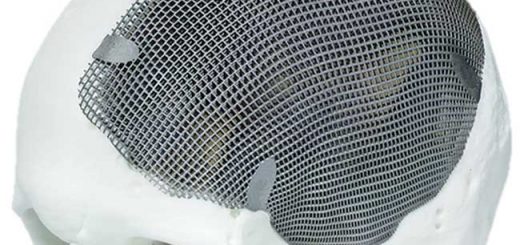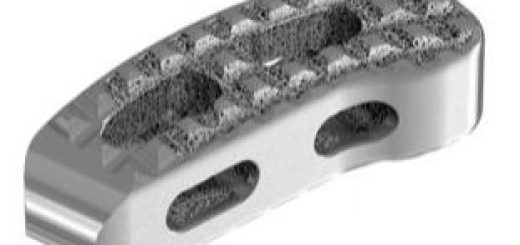3D-Printed Implants Successful in Foot and Ankle Surgery
According to a new study published in Foot & Ankle International (FAI),advancements in three-dimensional (3D) printing have allowed foot and ankle orthopaedic surgeons to use custom-made implants for difficult foot and ankle cases. The implants offer a new approach to treat complex lower extremity pain and deformities.

Researchers at Duke University Department of Orthopaedic Surgery studied 15 patients who received custom 3D-printed titanium implants between 2014 and 2016 to treat poor bone quality, bone loss, and deformity. In each case, the implants were initially developed by obtaining a computed tomography (CT) scan of the patient and uploading the data to a software program that allowed 3D manipulation of the bones and joints. From there, the senior surgeon and company engineers designed and approved the implant. The benefits of 3D-printed implants include unlimited shapes, increased options in size, and less morbidity or complications.
“This is the first case series looking at the use of 3D-printed implants in foot and ankle surgery,” said Samuel B. Adams, MD, director of foot and ankle research at Duke University Medical Center and senior author of the study. “This short-term study is also the first to demonstrate improvement in patient-reported outcomes with the use of 3D-printed implants. The injuries of many of the patients treated in this study would have required an amputation without this technology.”
CT scans showed that the custom 3D-printed titanium implants were successful in 13 of 15 of the patients who took part in the study. The patients with successful outcomes reported significant improvement in pain and stated they would undergo the same procedure again to save their foot or ankle.
The authors of the study suggest that 3D printing could revolutionize medical care, specifically in modeling for medical education and creating custom artificial body parts. The study notes that longer-term follow-up is needed to understand the longevity and potential complications of these 3D-printed implants.
“The future of 3D printing is very bright. Surgeons who may have been skeptical about using this technology can now use this data to make an informed decision about using it to improve patient care,” said Dr. Adams.
The study, “Use of Patient-Specific 3D-Printed Titanium Implants for Complex Foot and Ankle Limb Salvage, Deformity Correction, and Arthrodesis Procedures,” appears in the August 2018 issue of Foot & Ankle International, the official journal of the American Orthopaedic Foot & Ankle Society (AOFAS). FAI is published by SAGE Journals. Author conflicts of interest and funding information are provided within the study.
Source: OrthoFeed




Recent Comments